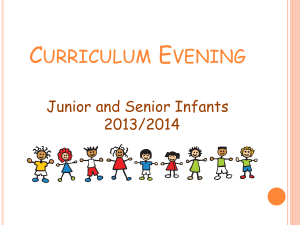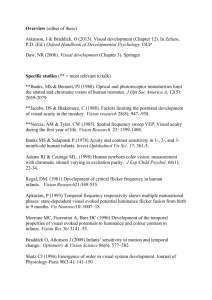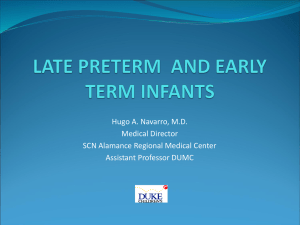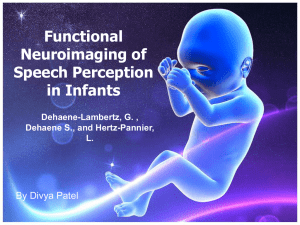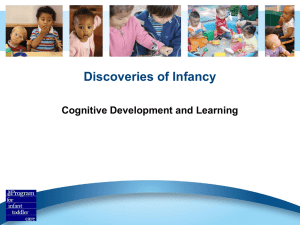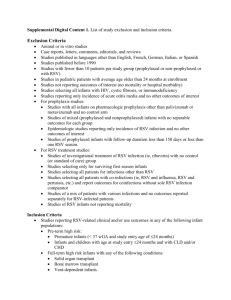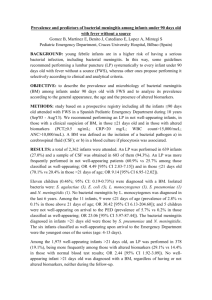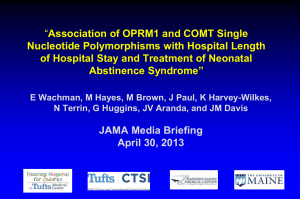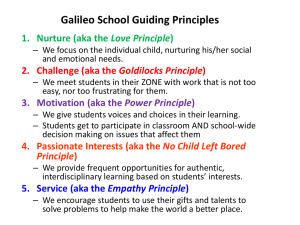Controversies and Issues - University of Puget Sound
advertisement
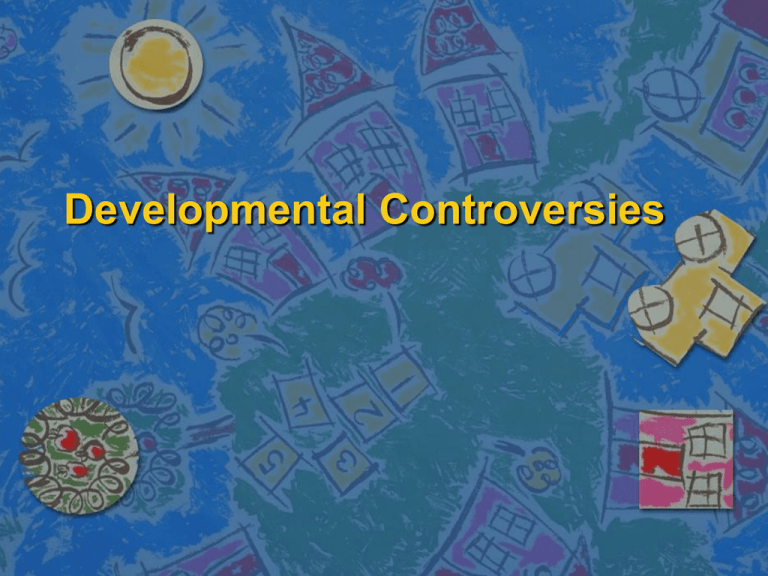
Developmental Controversies Controversies Nature vs. Nurture (Maturation vs. Experience)- Genes or life experience? Nature/ (inherent) Biology/pre-determined maturation- Historically this was thought of as the most important (Darwin’s evolutionary theory) – Development is determined by…. Inheritance, (inherent) Biology, Genes Genes Body type- Strength, weight, muscle to weight ratios; Cognitive abilities – Temperament/personality Nature vs. Nurture – Nurture/Environment- 1930’s-70’s; thought of as the most important (think “Watson or Skinner” and “behaviorism”) Environment- Has many meanings: parents, school, peers, SES – Enrichment- Mediates limiting biological factors A good environment can overcome poor biological starting points (or vice versa). Examples? Head Start programs Nature vs. Nurture What do we know now? – Infants have some abilities at birth – Experience does matter there is often an interaction between nature and nurture (i.e., IQ, temperament) – Children have a “reaction range” Born with a genetic potential But the environment one grows up in can enhance it or make it worse Stress-Vulnerability Model of Disorders Controversies Continuity vs. Discontinuity- – – Development is Continuous- e.g. Language – – – smooth and constant? step-like; each step being independent of the other? Gradual- Additive Smooth Curve Skills develop and build upon each other Development is Discontinuous- Cog dev. – – Occurs in stages Later skills are not connected to early ones Controversies Active vs. Passive – Active participants in development?- Do children seek out events and activities that foster their development? Does their behavior solicit responses? Do they influence their caregivers’ behavior? – Passive role in their development? Does development happen to them, with no influence on their part? Examples? Controversies Critical vs. Sensitive Periods (not so much a controversy as a distinction) – Critical Period- Specific time during development when an individual is most susceptible to lasting environmental influences. Usually a disruption in a biological process – Example: Alcohol exposure to a fetus Cannot be altered by positive influences afterwards Critical vs Sensitive Sensitive Period- Period of time during which exposure to a specific environmental condition (or lack of exposure) has the potential for the greatest influence. – Often talking about an environmental effect – Example: Divorce and Dating parents Best way to distinguish the two is by the “specific time period” and the finality of the consequence. Optimal Period- When is the best time to experience a particular environmental event – Example: Bilingualism- Best if exposure before the age of 5. Student Examples Nature/Nurture Continuous/Discontinuous Active vs. Passive Critical vs. Sensitive Stability vs. Change Additional Issues when Studying Children Developmental Methods and Designs of Research Please refer to your text (p. 41-64) and let CJ know if you have questions Themes/Terms to know: – Naturalistic Observation vs Structured Observation – Why correlation does not equal causation 2 primary reasons in your text – Third variable problem – Directionality – Difference between correlational designs, experimental designs, cross-sectional designs, longitudinal designs, and microgenetic designs. Difficulties in Studying Infants and Young Children Ethics and Informed Consent – – – – Issues? Who is giving the consent? How do you debrief a 3 year old? Will your research paradigm permanently affect the child? Difficulties in Studying Infants and Young Children What are we measuring? – – Can we be sure? Infants can’t talk, can’t tell us what they are thinking. Must INFER results. – LOOKING RESPONSE- novelty/ preference/video Young children don’t have words to express abstract thoughts- Can you really ask “Why”? Difficulties in Studying Infants and Young Children Individual differences – Developmental range of ability acquisition is huge (relatively) – Language, crawling As children age, this range grows smaller How do we know child’s “different” time in acquiring skill isn’t within normal limits? Difficulties in Studying Infants and Young Children Changes over time – Can we measure the same thing exactly at 6 months old and at 36 months? Example: Assessing Preference of Stimuli – Looking (or sucking) response vs. – Verbal or gestural choice Difficulties in Studying Infants and Young Children Other Issues – – – Experimenter influence on the childExperimenter is NOT the mom Experiences outside the laboratorycreates diff behavior, heart rate, etc Longitudinal research and cross sectional research How do we assess (aka what research techniques) infants and young children? Cognitive Ability: Imitation – Meltzoff and 17 minutes Sucking response to measure several things non-nutritive sucking Increased response with novelty (indicates ability to differentiate) Increased response with mom’s smell, voice (indicates recognition) Response to novelty to measure several things Many ways to measure (above) Rovee-Collier leg movement- Mobile switch- VIDEO How do we assess (aka what research techniques) infants and young children? Visual Orientation – Distinction between novel/familiar – Preference for novelty Fagan Test of Infant Intelligence Abstract faces preferred to scenic pics – DRAWN FACE Autism Faces preferred to abstract pics Infant monkeys – – Monkey faces to human faces Black & White to color How do we assess (aka what research techniques) infants and young children? – – Physiological Response Respiration, heart rate, saliva (cortisol), pet scans, MRI, FMRI Developmental Assessments Standardized tests- Examples Infants- APGAR –Immediately after birth. Bayley Scales of Infant Development Young Children- Motor Development Scales, IQ, Adaptive Behavior Scales, Language Middle School- Academic performance, Achievement, Skills assessments How do we assess (aka what research techniques) infants and young children? – – – – – – – Parent/teacher Reports- often in conjunction with another technique Surprisingly Candid Problems? Observation Lab environment, structured and well controlled Home observation, naturalistic See the same things in the lab/home? Parent-child relationship Attachment, interactions research Video record- wealth of data- 1st year Birthday Videos
